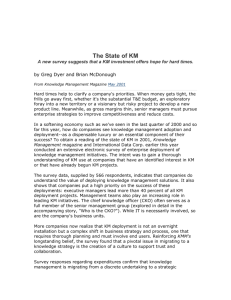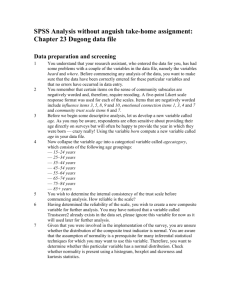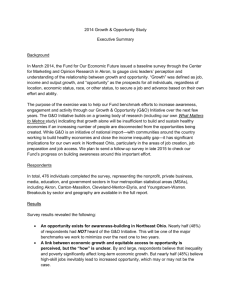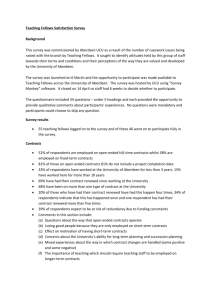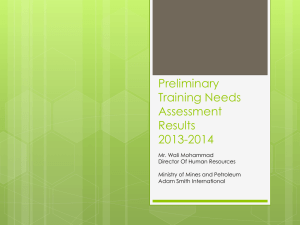Overview
advertisement
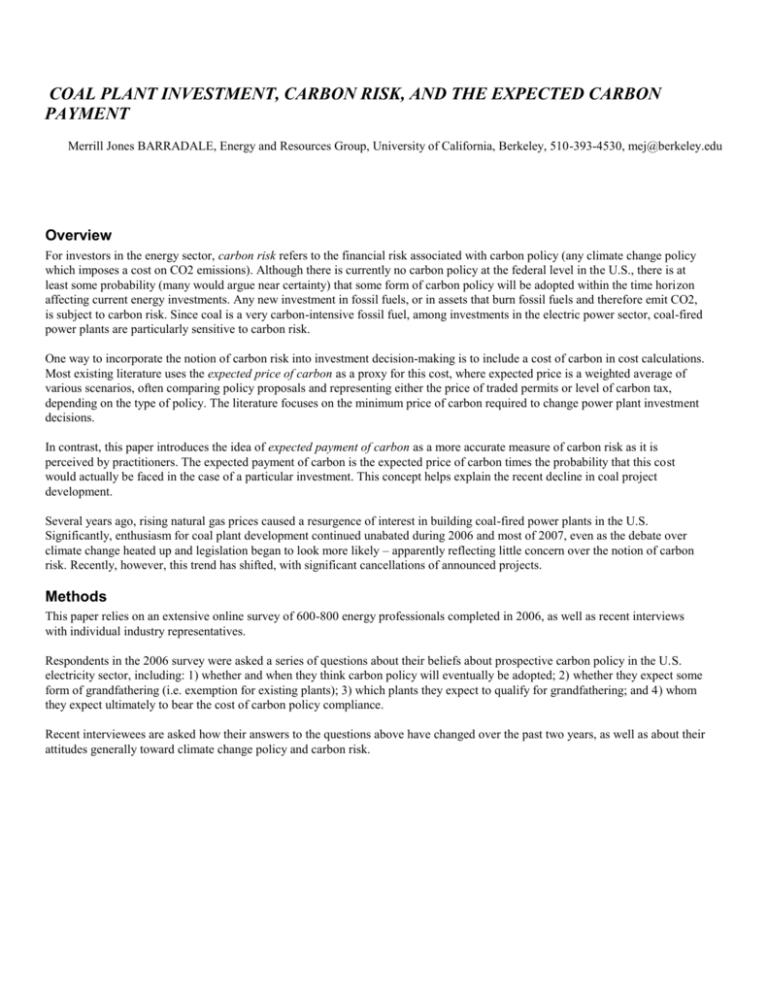
COAL PLANT INVESTMENT, CARBON RISK, AND THE EXPECTED CARBON PAYMENT Merrill Jones BARRADALE, Energy and Resources Group, University of California, Berkeley, 510-393-4530, mej@berkeley.edu Overview For investors in the energy sector, carbon risk refers to the financial risk associated with carbon policy (any climate change policy which imposes a cost on CO2 emissions). Although there is currently no carbon policy at the federal level in the U.S., there is at least some probability (many would argue near certainty) that some form of carbon policy will be adopted within the time horizon affecting current energy investments. Any new investment in fossil fuels, or in assets that burn fossil fuels and therefore emit CO2, is subject to carbon risk. Since coal is a very carbon-intensive fossil fuel, among investments in the electric power sector, coal-fired power plants are particularly sensitive to carbon risk. One way to incorporate the notion of carbon risk into investment decision-making is to include a cost of carbon in cost calculations. Most existing literature uses the expected price of carbon as a proxy for this cost, where expected price is a weighted average of various scenarios, often comparing policy proposals and representing either the price of traded permits or level of carbon tax, depending on the type of policy. The literature focuses on the minimum price of carbon required to change power plant investment decisions. In contrast, this paper introduces the idea of expected payment of carbon as a more accurate measure of carbon risk as it is perceived by practitioners. The expected payment of carbon is the expected price of carbon times the probability that this cost would actually be faced in the case of a particular investment. This concept helps explain the recent decline in coal project development. Several years ago, rising natural gas prices caused a resurgence of interest in building coal-fired power plants in the U.S. Significantly, enthusiasm for coal plant development continued unabated during 2006 and most of 2007, even as the debate over climate change heated up and legislation began to look more likely – apparently reflecting little concern over the notion of carbon risk. Recently, however, this trend has shifted, with significant cancellations of announced projects. Methods This paper relies on an extensive online survey of 600-800 energy professionals completed in 2006, as well as recent interviews with individual industry representatives. Respondents in the 2006 survey were asked a series of questions about their beliefs about prospective carbon policy in the U.S. electricity sector, including: 1) whether and when they think carbon policy will eventually be adopted; 2) whether they expect some form of grandfathering (i.e. exemption for existing plants); 3) which plants they expect to qualify for grandfathering; and 4) whom they expect ultimately to bear the cost of carbon policy compliance. Recent interviewees are asked how their answers to the questions above have changed over the past two years, as well as about their attitudes generally toward climate change policy and carbon risk. Results In 2006, most respondents believed that current plant investments would not be impacted by policy. Although most respondents expected the U.S. to eventually adopt carbon policy (86%) and relatively soon (83%), they also expected grandfathering (65%) and compliance cost pass-throughs. Most respondents expected that investors would not ultimately have to pay the cost of carbon policy compliance; instead, costs would be passed on to ratepayers or to the general taxpayer (85% for utility-owned plants; 55% for plants under power purchase agreement). Taking these results together reveals that only 2% (10%) of respondents definitely (possibly) had beliefs that would require investment decisions to be revised for utility-owned power plants. For power plants under power purchase agreement, it was still a minority of respondents: 11% and 21%, respectively. In terms of their answers to other questions (e.g. about demographics and professional experience), these respondents were not significantly different from the rest of the survey sample. Interviews conducted in 2008 indicate a shift in beliefs toward greater concern over the impact of carbon policy on current plant investments. Conclusions There has not been a major shift in the range of expected prices for carbon under various scenarios. What, then, explains the shift in attitude towards carbon risk, if expected price of carbon has not changed substantially? Although it is difficult to calculate a precise probability of carbon payment, this data clearly shows that payment probability matters. The concept of expected carbon payments incorporates this probability. References Ram C. Sekar et al. (2007). “Future carbon regulations and current investments in alternative coal-fired power plant technologies”, Energy Policy, 35(2007) 1064-1074 Peter S. Reinelt and David W. Keith (2007). “Carbon capture retrofits and the cost of regulatory uncertainty”, The Energy Journal, 28(2007)4, 101-127 Dalia Patiño-Echeverri et al. (2007). “Should a coal-fired power plant be replaced or retrofitted?”, Carnetgie Mellon Electricity Industry Center Working Paper CEIC-07-06 (2007)


